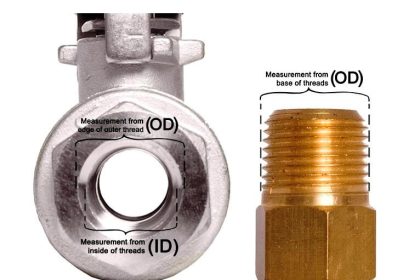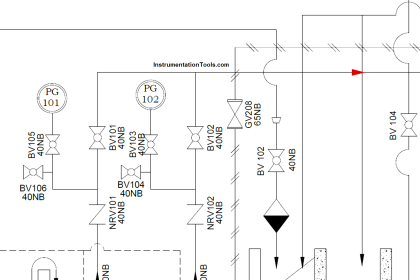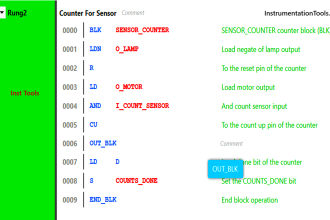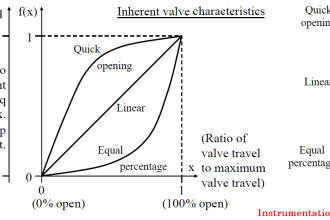Our hectic schedules and tight deadlines can make it difficult to prioritize our planet, yet sustainability is more important than ever.
If you’re a UX designer looking for ways to stay on top of your career while making a meaningful contribution towards eco-friendliness, here are key tips that will help keep the Earth healthy without impacting productivity!
User Experience (UX) Design
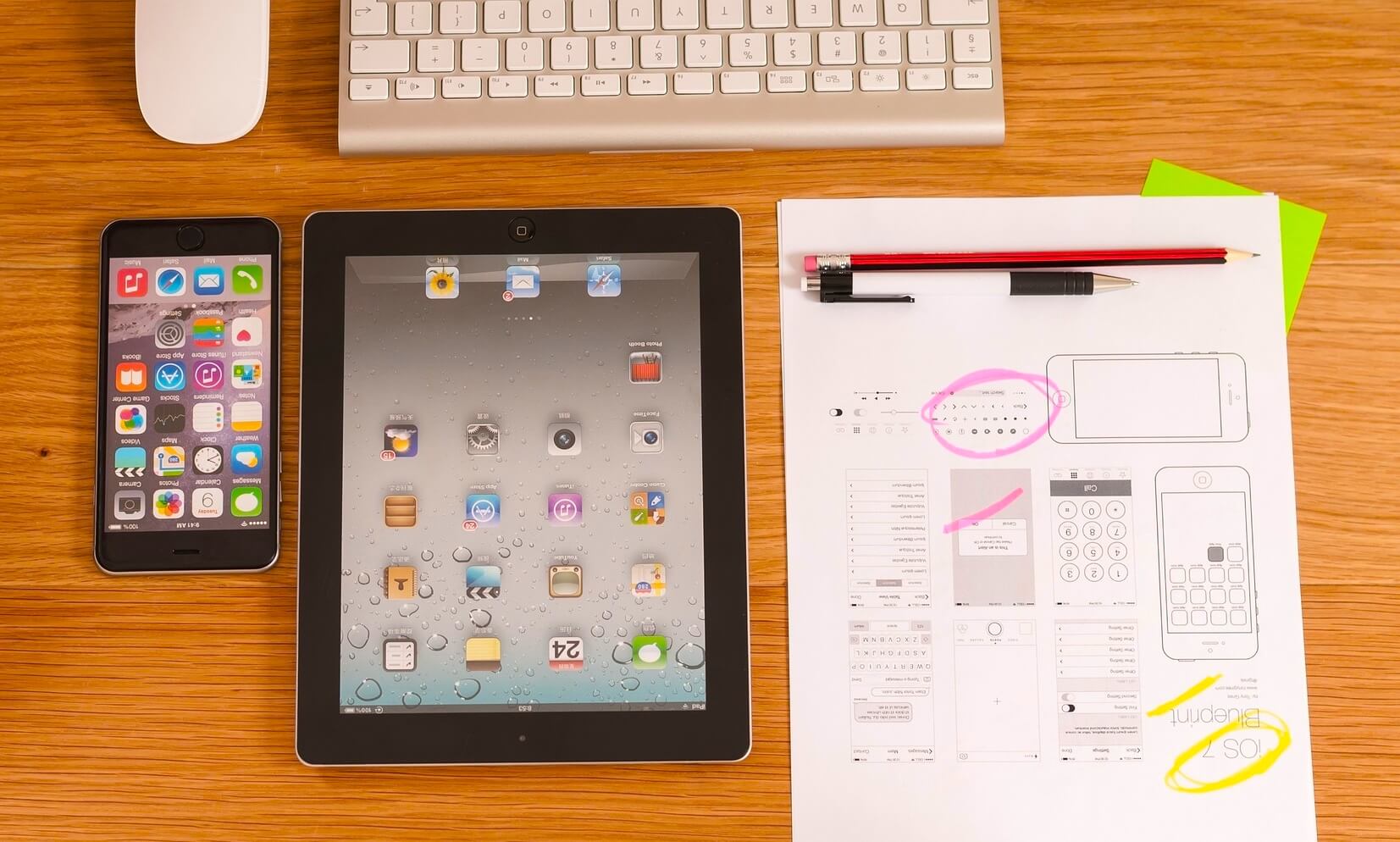
Define sustainability and its importance in UX design
Sustainability is the concept of using resources and energy in a responsible and efficient manner, with an eye toward the longevity of our planet. It has become increasingly important in UX design, as it encourages developers to create experiences that not only meet user needs today but also consider how these experiences will be sustained in the future. In other words, UX designers focus on making products that are sustainable not just economically, but also environmentally friendly.
By working behind the scenes, engineers help power everything from our emails to streaming videos with as little drain on natural resources and impact to the environment as possible; all while providing seamless digital experiences for users.
As sustainability becomes increasingly mainstream, UX designers have a unique opportunity to create an impact and develop experiences that not only benefit customers but also promote positive change through eco-friendly practices. Doing so will ensure the world has lasting access to vibrant user experiences with minimized environmental consequences.
Understand the impact of technology on the environment
The impact of technology on the environment has been immense and far-reaching. In recent years, advances in technology have allowed us to use our natural resources while drastically reducing the amount of energy we consume—which has had a positive effect both economically and environmentally.
Unfortunately, technology’s increasing prevalence in everyday life also means it has inadvertently caused the degradation of natural resources, such as by introducing pollutants into our atmosphere or taking away habitats due to industrial development.
Technology is both a blessing and a curse, so it’s important that as we continue to evolve, ways to reduce its negative environmental ramifications must be put into place in order for us to maintain a healthy planet for generations to come.
Learn about green UX practices that can be implemented into your designs
Organizations around the world are embracing green UX design to make their digital products more user-friendly while also preserving our planet. By taking sustainability measures and implementing eco-conscious principles into product development, organizations can craft experiences that not only reduce their carbon footprint but leave a lasting positive impact on users too.
Companies are discovering that green UX best practices not only benefit the environment but give them an edge over their competitors. These innovative strategies help businesses reduce their carbon footprints while unlocking the untapped potential for success.
Practices like minimizing energy demand and resource use, preventing digital waste through reusability and modularity, utilizing renewable or clean sources of energy, and reducing embodied energy in materials can all have an impact when designed with a good user experience in mind.
Making the switch to a more efficient system could revolutionize your business, resulting in greater savings and an even bigger customer base attracted by your trustworthy commitment.
Incorporate eco-friendly materials into product development
Companies can make a real difference when it comes to green issues by integrating sustainable materials into their product design. Not only does this reduce the environmental footprint, but also enhances the value of products for consumers – making everyone a winner!
By researching and finding sustainable, safe, non-hazardous, and renewable options for the components used in their products, businesses can create high-quality items that are beneficial to both people and the planet. Working on this project will not only boost the quality of your products but also signal to your customers that your organization is serious about making earth-friendly choices.
A successful project requires thorough comprehension of the advantages and disadvantages of ecological materials when compared to conventional ones. Careful consideration must be given to factors such as longevity, fiscal concerns, and any other influencing details.
Create a plan for long-term sustainability in your design process
Establishing a sustainable design process plan that can stand the test of time is an important part of any project’s success. To create a successful long-term sustainability plan, consider elements such as budget allocation, researching materials that meet environmental requirements, and aiming for quality products with minimal waste.
Additionally, consider workflow methodologies such as agile or scrum to iteratively develop your designs and produce the most efficient output over time. By taking the necessary steps in designing a manageable and sustainable plan, you are committed to continuously improving on your ideas and empowering others to do the same.
Also, consider how your product impacts the environment in its entirety. Analyze the energy requirement for the design, development, and testing of a product, as well as its production and life cycle.
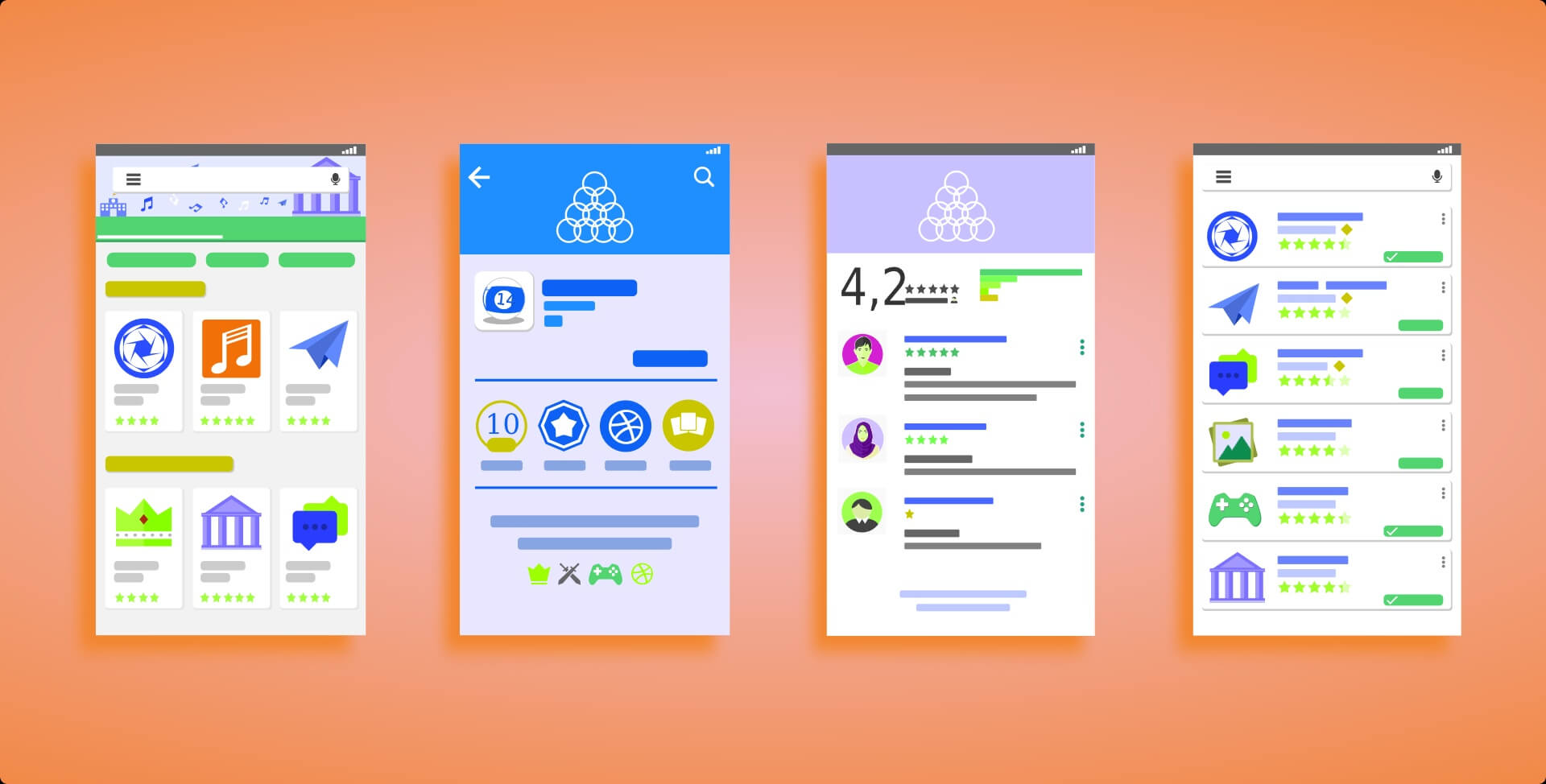
Utilize resources to help you stay informed on sustainable trends in UX Design
Staying informed on the latest trends in UX Design is an important part of remaining current and successful in the field. Utilizing web sources like blogs, websites, libraries, and online databases is a great way to keep up with sustainability.
Additionally, join local UX Design communities and associations that have access to resources that are pertinent to the latest sustainable developments. Another approach would be subscribing to newsletters or magazines associated with UX Design that can help you stay on top of what’s new and relevant.
Network with people passionate about sustainable UX Design by attending seminars and conferences – a great way to gain knowledge, grow your professional circle, and build the skills necessary for success!
Make a difference by inspiring others to make sustainable choices with their designs
Design professionals have the unique power to shape our world – not just with aesthetics, but also through sustainable choices and lifestyle inspiration. With one creative decision, they can create a ripple effect of positive change that will last for years to come!
Every conscientious choice we make to reduce our environmental impact has the potential to inspire positive change far beyond ourselves. By selecting eco-friendly materials and adopting efficient production methods, each of us can play a part in creating an equitable future for generations ahead.
As designers, our voices have the potential to spark a movement for sustainability. We can create something that speaks not only to us but also resonates with people from all walks of life – and in doing so, we open up possibilities to make a tangible impact on our environment. Together let’s use design as an instrument for positive change!
Final Words
Sustainability should be at the forefront of every UX designer’s mind. Technology advances have a major impact on our environment, which is why it’s important to learn about and implement green UX practices into your designs. By eco-friendly materials in product development and creating a plan for long-term sustainability, you can make a difference in preserving our planet. To find detailed explanation of each point made, as well as additional resources on sustainable trends in UX design, click here.



